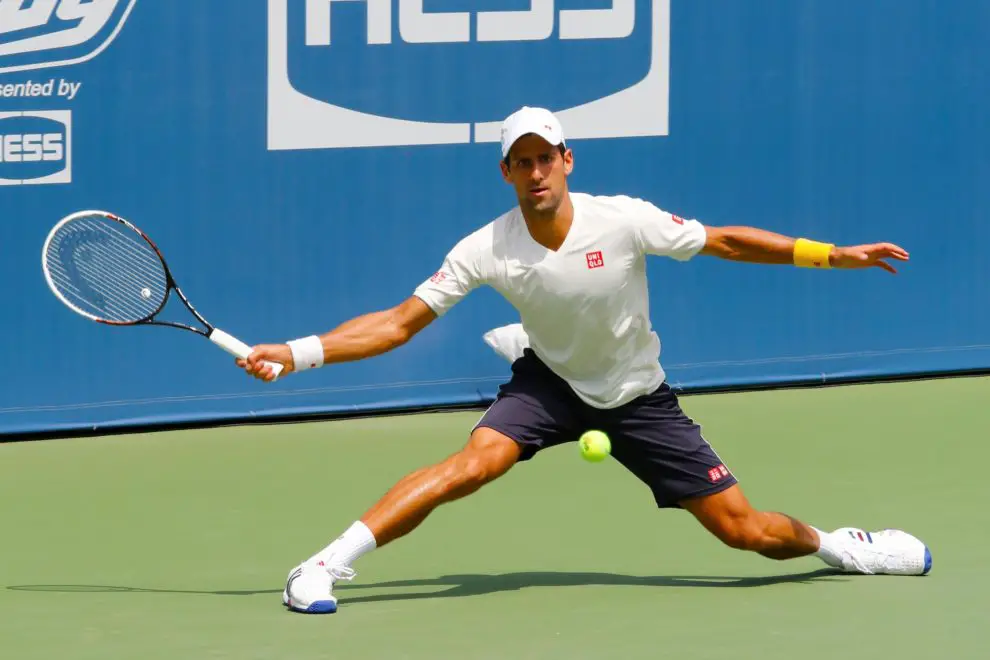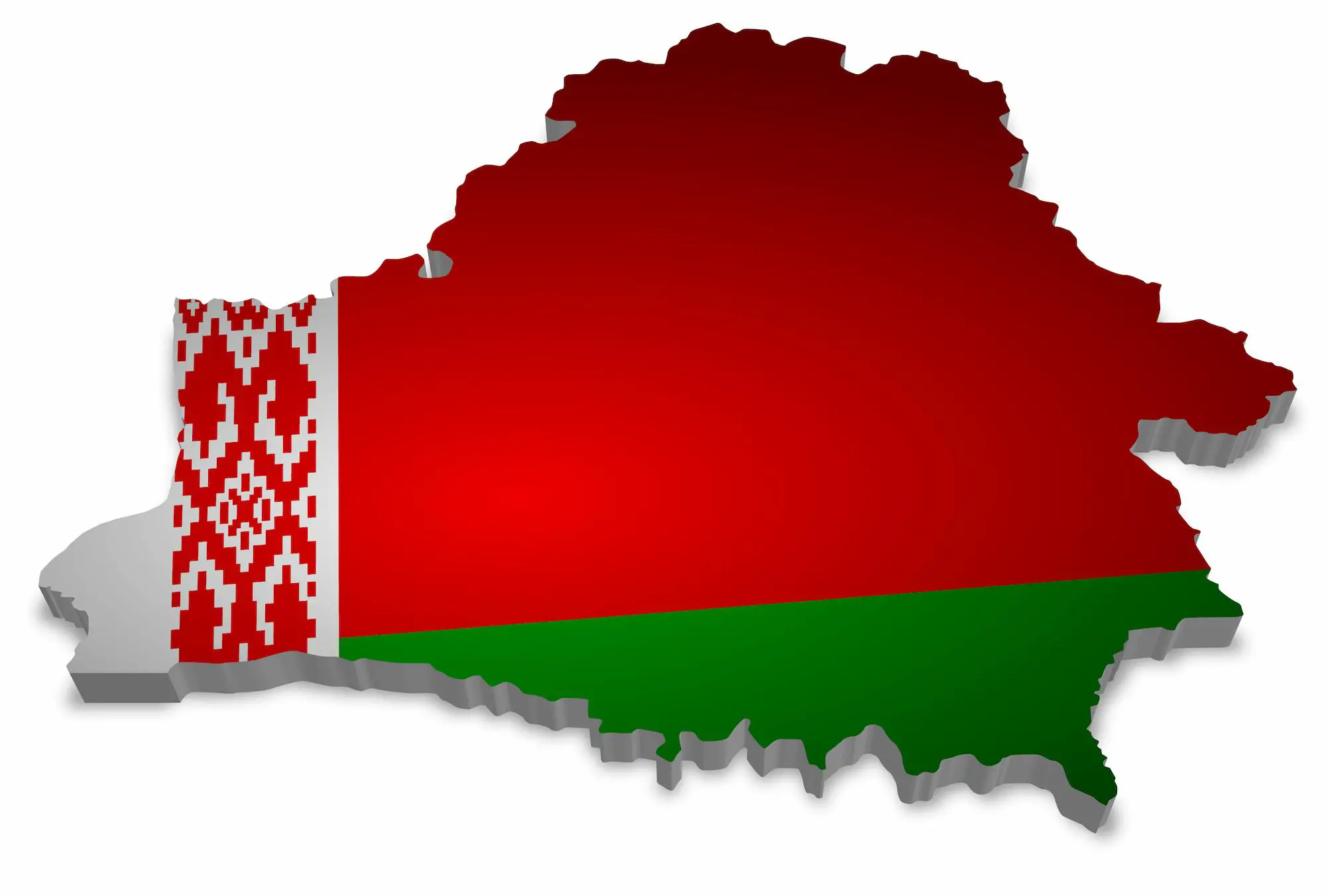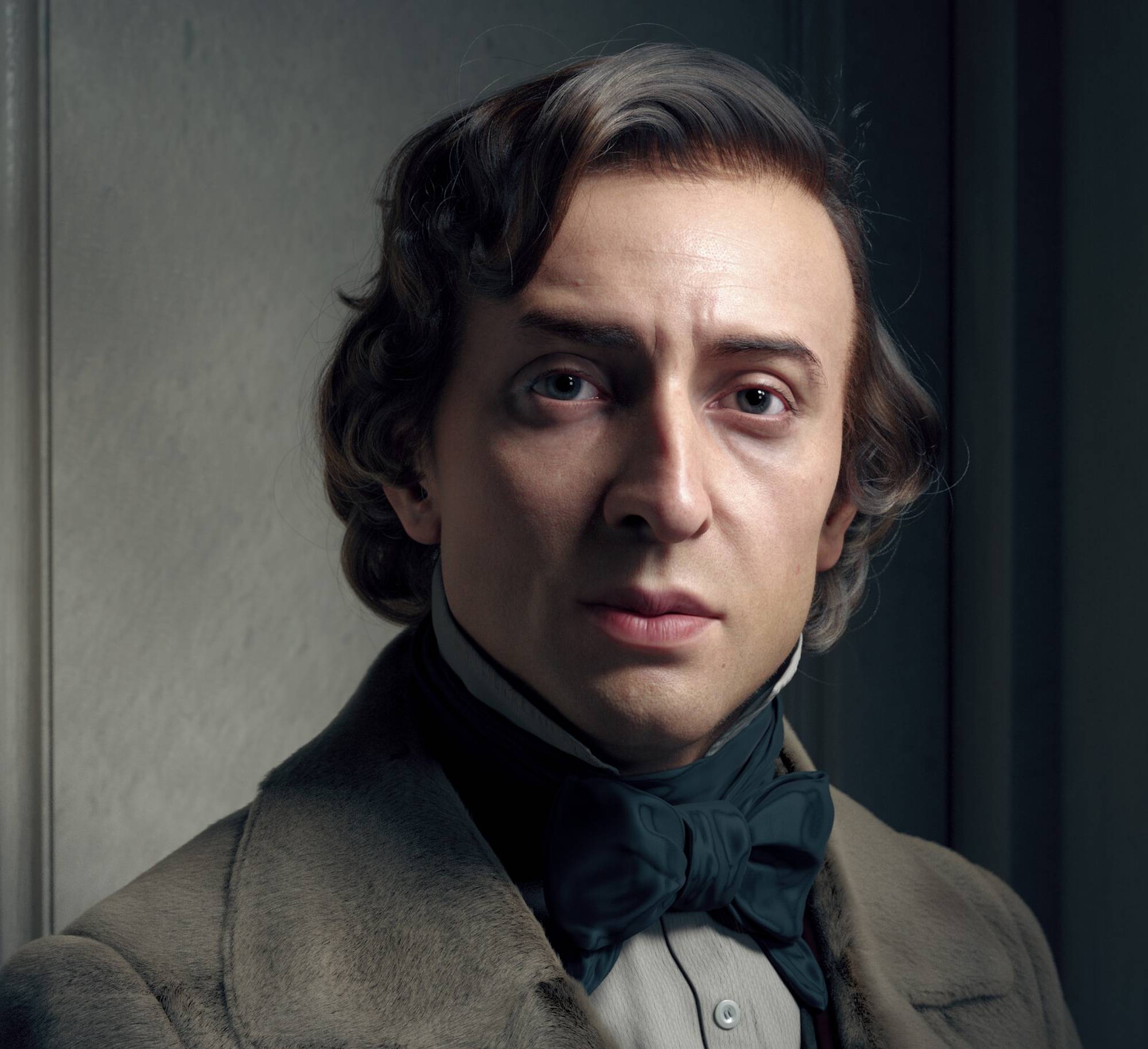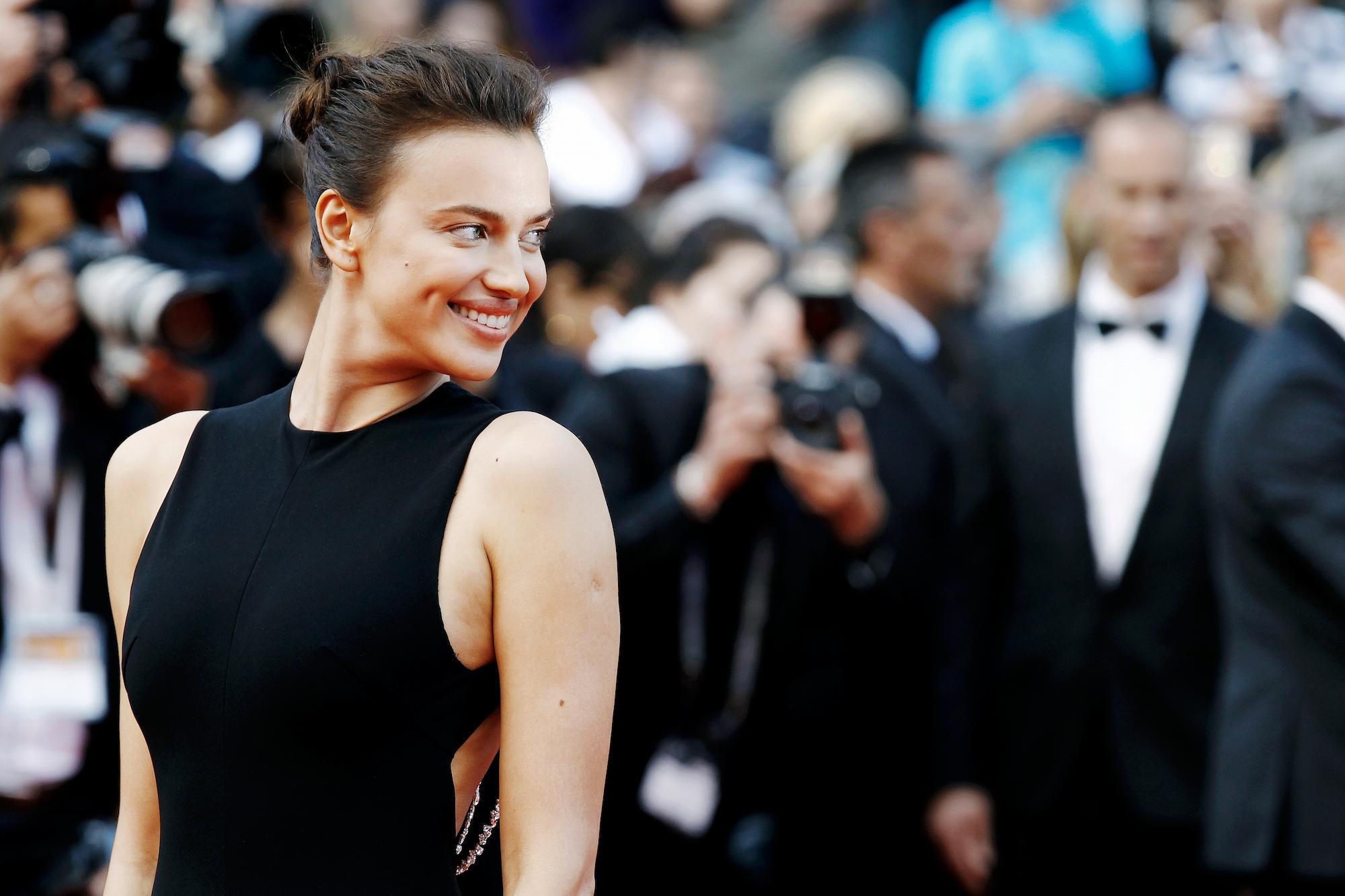Have you ever been to Serbia? The biggest former Yugoslav country with some 7 million citizens is well-known for excellent food, amazing nature, but also many famous Serbians.
Similar to most Balkan countries, Serbia has had a turbulent and complex past (and politics).
The territory of Serbia used to be a tributary to the Byzantine, Frankish, and Hungarian empires.
Soon after obtaining recognition as the Serbian Kingdom in 1217, the country was annexed by the Ottoman Empire and remained under its rule for the next 500 years (often referred to as the “dark times”).
This period was filled with bloodshed, poverty, and a general lack of cultural development.
The 19th century marked the end of this dark period and the creation of the Kingdom of Serbs, Croats, and Slovenes (also known as the Kingdom of Yugoslavia).
After WWII the Kingdom turned into the Socialist Federative Republic of Yugoslavia that fell apart during the 1990s.
In this article, we’ll take you through the famous Serbs hall of fame and introduce you to some of the most remarkable scientists, sports players, linguists, artists, authors, and other important characters from Serbian past and present times.
Table of Contents
Famous Serbians List
1. Nikola Tesla
“The man who invented the 20th century” or “The Electric Jesus” is what people call one of the greatest minds in history, known for designing modern alternating current electricity supply systems, Nikola Tesla.
After finishing high school in Serbia, Tesla moved to the United States where he established himself as a world-class scientist and conducted most of his research.
We can all thank Tesla for having electricity, computers, the Internet, and mobile phones. The greatest Serb in science history also experimented with X-rays, oscillators/generators, electrical discharge tubes and wireless controls.
Tesla had a noble idea to supply the whole world with free electricity. However, as we all know, this never happened, because states and large-scale corporations wanted to exploit and profit from this renewable energy resource (it’s either that, or you know, he couldn’t do it).
In the late 19th century Tesla tried to put his wireless communication devices to use via his Wardenclyffe Tower (an intercontinental power transmitter), but the project failed due to a lack of funding.
Tesla is also the brain behind remote controlling, neon lamps, bladeless turbines, and so much more (did you know that the most successful electric vehicle company Tesla was named after Tesla?).
Everything Nikola Tesla did for people all around the world can hardly be summed up in a section of an article, but you can easily find out more about the most prominent character in world science if you look him up online.
If you want to find out more, we strongly recommend reading his autobiography “My Inventions” or watching the movie “Tesla” that just came out in 2020.
2. Mihailo Pupin
Along with Nikola Tesla, Mihajlo Pupin is probably one of the most successful “characters” in the history of science.
Soon after finishing high school, Pupin became an international name in science.
The world knows him for his countless patents such as improving long-distance telephone communication, electrical energy distribution via alternate currents, winding machine, or tone producing radio receiver.
However, not many people know that Pupin was also the Pulitzer prize award winner in 1924, which he got for his autobiography!
The foundation of Mihajlo Pupin financed scholarships for impoverished Serbian and Macedonian children, improved the library in Idvor and established a foundation in the Museum of Natural History and Arts in Belgrade.
He went to high school in Pančevo, then continued his schooling in the Habsburg Monarchy, but was later forced to flee due to his activism in the Serbian Youth movement.
He first went to Prag and then to the United States where he started off as a manual laborer, but later enrolled at Columbia University.
There, he had a chance to work on various discoveries including X-ray imaging based on Roentgen’s discoveries and submarine detection techniques during WWI.
The most surprising fact about this man is that he was one of the first founding members of the National Advisory Committee for Aeronautics or as we call it in modern time: NASA.
There’s a lot more to say about Pupin, but let’s not spoil it all now. If you’re interested in finding more information about him, check out this short documentary by Sava Sajko.
3. Ivo Andrić
If you ever wondered why Tolkin, Steinback, or Forster never received a Nobel Prize for literature (if you didn’t, you should), wonder no more. A Bosnian Serb, called Ivo Andrić is the one to blame.
Dealing mostly with the life under the rule of the Ottoman Empire, his book “Na Drini Ćuprija”
(“The Bridge Over Drina”) won the Nobel Prize award in the year 1961 [1].
Andrić’s life hasn’t been easy. After the assassination in Sarajevo (1914, the start of WWI, remember that?), he was sent to prison.
Once WWI was over, he studied Slavic literature and history at the University of Zagreb (capital of Croatia). Later on, he obtained a PhD degree at Graz University.
Soon after his return to the Kingdom of Yugoslavia, he worked for the diplomatic service department.
In 1939, he became the ambassador in Germany, but once WWII started, he returned to Yugoslavia. He spent WWII in the German-occupied Belgrade, living in his friend’s apartment.
Besides his Nobel prize winning novel, this Yugoslav writer wrote other notable pieces like “The Bridge Over Žepa”, “Ex Ponto”, ‘Miss”, etc.
But to be frank, all of his works are excellent. For example, the book “Na Drini Ćuprija” has been translated into more than 30 languages, and it is still being published today.
If you manage to find this book in your native language, you would be remiss not to read it. Ivo Andrić has made an impact on the world’s literature and is one of the most notable Bosnians on this list.
4. Emir Kusturica
If you’ve seen the movies “When Father Was Away on Business,” “Underground,” or “Time of the Gypsies,” then you’re already familiar with both Goran Bregović’s music and Kusturica’s movies.
This controversial Serbian/Bosnian film director (raised in former Yugoslavia) received various internationally acclaimed awards such as Palme d’Or (twice!), a Silver Bear, and a Silver Lion.
Although he was born and raised in Sarajevo (Bosnia and Herzegovina) in a Bosniak Muslim family, today he considers himself a Serbian and was baptized in 2005 in an Orthodox Church.
Besides an impressive career in movie directing, Kusturica also has some experience as an actor, musician, writer, and lecturer (he taught movie directing at Columbia University.).
Other projects people know him for are “Drvengrad,” a traditional village he built for the movie “Life Is a Miracle,” located near Mokra Gora and Visegrad. Drvengrad is also home to an annual music and movie festival.
Visegrad (by the way)is a city where Ivo Andric’s Nobel Prize winning novel “The Bridge over Drina” takes place.
Every year, Drvengrad hosts “Kustendorf Film and Music Festival,” that showcases the best international movies along with a student short movie competition [2].
The main feature of the festival is that it doesn’t have any vague Hollywood artifacts, such as the red carpet, billboards, or ads.
This festival has grown in popularity and has hosted some of the biggest actors and movie directors in the world: Johnny Depp, Monica Belucci, Nikita Mikhalkov, Abel Ferrara, Audrey Tautou, etc.
5. Lepa Brena
Serbian/Bosnian singer Fahreta Živojinović, who everyone knows by her stage name Lepa Brena, is one of several symbols of former Yugoslavia, as she was probably the last pop star to emerge before the country broke up.
She was raised in Bosnia and Herzegovina but moved to Belgrade (Serbia) at the age of 20 in order to build her musical career.
Her best-known song, “I am Yugoslavian” is about her taking pride in living in this huge country of southern Slavs.
After the war in Bosnia and Herzegovina, she remained in then-called Serbia and Montenegro, and she, together with her husband, and their friend Saša Popović co-founded Grand Production (a record label).
The three of them sold it in 2019 for 30 million euros.
6. Vuk Karadžić
If you read our article about famous Slovenes, you might have already read a bit about Serbian philologist and linguist Vuk Karadžić and his friendship and cooperation with the Slovenian linguist Jerner Kopitar.
Vuk Karadžić is best known for the most important Serbian language reform.
He standardized the cyrilic alphabet according to strict phonemic rules and distanced the language from the former (old) Serbian and Russian Church Slavonic, and brought it closer to folk speech.
He met Slovenian linguist Jernej Kopitar in Vienna, who was particularly interested in secular Slavistics. Jernej helped Vuk establish the Serbian language orthography, one of the simplest orthographies in the world.
Besides conducting the most significant language reform in the history of Serbia, Vuk is also praised for [3], and publishing many Serbian folk tales and songs.
He also published a collection of Serbian proverbs and the translation of the New Testament in the new and improved version of the Serbian language.
7. Mileva Einstein (Marić)
Everyone knows who Albert Einstein is, regardless of whether they understand his theory or not. But little is known about his first wife Mileva Marić who was a Serbian physicist and mathematician.
Born in Titel (then Austro-Hungarian Empire, today Serbia), Mileva was the only female student at Zürich Polytechnic and Einstein was her professor.
She was also the second woman there ever to finish a full studying program at the Department of Mathematics and Physics.
Once Mileva finished university, she started off as Einstein’s lab collaborator. Soon, they became lovers, got married, and had their first daughter in 1902. The marriage itself did not last long as they split up in 1914.
Today, there’s still an active dispute over whether Mileva was helping Albert develop his theoretical concepts, and if yes, to which extent.
Various oral and written sources insinuate her contributions, but not clearly enough.
Today, Mileva has her plaque in front of her former apartment in Zürich. There’s also her bust in her high school town Sremska Mitrovica and another one in front of the University of Novi Sad. A highschool in Titel is named after her.
In 1998, Vida Ognjenović wrote a drama about Mileva Einstein whose libretto was later adapted into an opera about her.
8. Milunka Savić
The most awarded woman in the history of warfare, Milunka Savić joined the First Balkan War instead of her brother, pretending to be a man.
She cut her hair and put on a male uniform and it wasn’t until the Battle of Bregalnica that her true gender was revealed.
She was severely injured during this battle so she had to be treated in the hospital which is how doctors discovered that she was a woman.
During the early days of WWI she was awarded the Karađorđe Star for single-handedly capturing 23 Bulgarian soldiers! Besides this significant prize she was also awarded:
- French Legion of Honour (twice);
- Russian Cross of St. George;
- The British medal of the Most Distinguished Order of St. Michael;
- Serbian Miloš Obilić medal;
- French Croix de Guerre 1914-1918 for her services in WWI.
Unfortunately, just like many other remarkable women in history, Milunka was forgotten soon after demobilization.
Instead of choosing a comfortable life that was offered to her in France, she chose to stay in Belgrade where she worked as a postal worker and later as a cleaning lady.
She gave birth to a daughter Mileva and also adopted three other parentless girls.
During German occupation of Belgrade in WWII she refused to attend a banquet organized by a German collaborator and Prime Minister of puppet government (Government of National Salvation), Milan Nedić.
As punishment for disobedience, she was sent to Banjica concentration camp for 10 months.
Until 1972 she was completely invisible to the public eye, but after attending several jubilee celebrations with her medal, she received a lot of public attention and support. The government then gave her a small apartment to live in Belgrade.
9. Milutin Milanković
Mathematician, climatologist, civil engineer, astronomer, geophysicist… I am not sure which of these titles best suits Milanković’s versatile scientific career.
He “indebted” the global science with two of his fundamental works:
- “Cannon of the Earth’s Insolation”;
- “Milanković cycles” (long-term climate changes explanations).
Milanković gave us one of the most accurate ice age explanations. He also predicted changes that will happen in the future (but not covid 19, unfortunately).
Although he created one of the most precise calendars so far, which doesn’t require moving the clock twice a year, his idea was never adopted.
Due to his poor health he was homeschooled in his native village of Dalj in northern Serbia, (then a part of Habsburg Monarchy).
He finished high school in Croatia and then studied civil engineering in Vienna, where he also obtained his PhD.
Later in life he was vice president of the Serbian Academy of Sciences, a member of the Commission 7 of celestial mechanics in the International Astronomical Union in 1948, and a member of the Italian Institute of Paleontology.
He published numerous research papers and books throughout his lifetime.
10. Novak Đoković
Even if you’re not a huge fan of sports, you must have heard about the world’s best tennis player on six occasions, currently the most popular Serb world-wide, Novak Đoković.
Novak Đoković’s professional career began at the time when Federer and Nadal were considered the two best players in men’s tennis.
Novak was a 20-year old player when he interrupted their streak of success by winning his first Grand Slam singles title at the 2008 Australian Open.
In 2011 Novak became the world’s best tennis player for the first time and in the next 10 years he finished as No.1 six times and three times as No.2.
Tennis fans know that Novak’s main strengths are his powerful two-handed backhand and his well-rehearsed drill of turning defense into offense.
For his amazing achievements in this tough sport Novak received the Laureus World Sportsman of the Year award four times, the Order of St. Sava, the Order of Karađorđe’s Star, and the Order of Republika Srpska.
In 2018 the tennis player suffered a serious hand injury and had an operation, but this didn’t halt his future success.
If you follow tennis closely, you may have heard about other well-established names in Serbian tennis like Ana Ivanović, Janko Tipsarević, and Jelena Janković.
11. Vlade Divac
With his 7 ft 1 and enviable passing skills, Vlade Divac spent his career as a basketball player playing center (occasionally he would jump in as a playmaker).
During the late 80s he was one of the first European players, and definitely the first player from Serbia, to transfer to NBA. This guy made it to the 50 Greatest EuroLeague players.
His career went in three ways: basketball player, humanitarian, and administrative representative.
Divac was born in a small town in Southern Serbia (then Yugoslavia), Prijepolje. He played for the local clubs “Elan”, “Sloga” Kraljevo, and then “Partizan.”
In 1989 he started playing for the “LA Lakers”. After six years he was traded to “Charlotte Hornets”, and then to “Sacramento Kings”.
Vlade Divac played for Yugoslavia National Basketball team and with other Yugoslav basketball stars like Aleksandar Đorđević, Rađa, Dražen Petrović, and Kukoč brought Yugoslavia a number of gold medals.
In 1990 when Yugoslavia won the FIBA World Championship, a fan ran out to the court waving a Croatian flag.
Divac felt struck by this act so he took the flag away from the man. The Serbs interpreted this act as heroic, while the Croats read it as a provocation.
Divac argued that he would’ve done the same if a Serb was waving a national flag, because it was a win for Yugoslavia.
After his career as a basketball player ended, Divac pursued an administrative career. He was the president of “Partizan,” scout for LA Lakers, Real Madrid Baloncesto manager, and Sacramento Kings general manager.
Over the past 20 years this basketball artist, whose acts both on and off the court will never be forgotten, has established several humanitarian foundations for financing children in need in Serbia and Africa.
During and after the Yugoslav war his organization was taking care of the refugees and still is trying to resolve their living issues.
12. Sava Šumanović
Born in the late 19th century in a family of engineers, Sava Šumanović started his painting career while in high school in Zemun (now part of Belgrade, then part of the Austro-Hungarian Empire).
He is considered one of the most important Serbian painters of the 20th century.
Sava spent many years living and studying in Paris with other notable Paris-based painters from Serbia.
Sava’s style is characterized as a mix of Cubism, Fauvism, and Expressionism. His most prominent works are “Lunch on the Grass,” “Drunk Boat,” “A Bar in Paris, ”Šid under Snow,” etc [4].
During WWII he was living a quiet life in Šid, hiding from Croatian Ustašas. However, in 1942 Ustašas arrested 150 Serbian citizens from Šid, including Sava Šumanović. He was taken to a concentration camp in the nearby Sremska Mitrovica.
Sava was executed on the 30th of August that year and buried in a common grave in an Orthodox graveyard.
13. Miloš Crnjanski
Miloš Crnjanski was a famous Serbian author, poet, and diplomat, whose literary works are considered classics of Serbian literature.
Born in the late 19th century, he spent many years of his life in exile due to a myriad of wars occurring one after the other.
After the assassination in Sarajevo Crnjanski was persecuted as part of Austrian anti-Serbian retribution and instead of going to jail he was sent to the Galician front to fight against the Russians.
After the war he studied comparative literature in Belgrade and became a Yugoslav diplomat little before the outbreak of WWII when he evacuated to England.
After returning to Yugoslavia in 1965 this writer, poet, and diplomat published his most well-known works like “A Novel of London”, “Lament over Belgrade,” “The Second Books on Serbian Migrations,” etc.
14. Marina Abramović
If you follow contemporary, modern, performative art, Marina Abramović is the name you’ve probably heard many times.
This controversial artist calls herself the “grandmother of performance art.” Born in Serbia, she studied in Zagreb and later lived in Amsterdam.
She’s one of the most productive Serbian artists. Throughout her career, Marina found herself in a variety of roles: a performance artist, author, and director.
She explores body art, endurance art, and feminist art in various experimental forms.
Some of her best-known performances were even life-threatening as they involved pain, blood, and testing the physical limits of the body.
15. Želimir Žilnik
Although Serbia is home to many top-tier film directors, I’ve chosen to introduce you to the great Želimir Žilnik. His life story begins in a very dramatic way, as he was born in the Red Cross concentration camp during WWII.
After his mother was executed, his remaining family (grandparents) brought him up into a marvelous artist.
Žilnik was a notable member of the Yugoslav Black wave movement in cinematography known for its dark humor and critical examination of the Yugoslav society.
His most famous works are “The Old School of Capitalism”, “Tito Among the Serbs for the Second Time”, etc.
16. Milena Dravić
Milena was a Serbian theater, movie, and television actress, married to another acting star, Dragan Nikolić.
Started off as a performing artist in Serbia, she later became involved with classical ballet. Her career as an actress began when director František Čap spotted her and asked her to be in his film “The Door Remain Opened.”
The actress, whose special energy was hard to miss, appeared in countless theatre plays, movies and TV series. Even the coffee commercials she shot with her husband were memorable!
Sources
- https://www.nobelprize.org/prizes/literature/1961/summary/
- http://kustendorf-filmandmusicfestival.org/2020/
- https://www.britannica.com/biography/Vuk-Stefanovic-Karadzic
- https://naled.rs/en/umetnost-srbije-sava-sumanovic-velikan-moderne-iz-sida-2471













